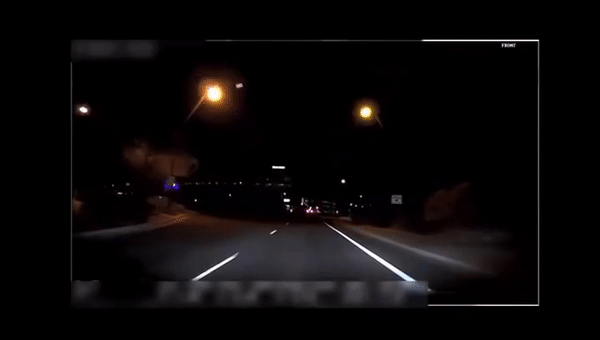wturber said:
So why build such slices of pavement?
Tempe isnt' the only place that does that--it's common enough around the valley (at least in areas I've ridden over the years, which is most of it except Scottsdale and the "new" cities springing up "outside" the valley).
Also, Phoenix has quite a bit of marked bike lanes that go very short distances and disappear, though not quite the same situation as that paved area.
Regarding visibility: Around Metrocenter area in general (my commute and shopping area) and inside the mall streets in particular, it's very common for pedestrians to just walk out into the street whether traffic is coming or not. Sometimes they look first, sometimes they don't. Some of these streets are 35MPH+ speed limits, and they are generally curved, as Metro Parkway itself is a big oval around the mall. Few of them are wearing anything high-visibility, and quite a lot are in dark clothing. Most of the cyclists don't have reflectors or lights, and a significant number (especially those on BMX bikes) have darkened the entire bike, including rims and spokes, making it much harder to see them at all.
In dusk (or dawn) conditions, there are a number of places where it is VERY hard to see anyone crossing, because of the low-contrast conditions and the headlights of vehicles in the oncoming lane.
I've used quite a lot of different headlights over the years, including various car headlights, and most of what I've used is wide-beam (both vertically and horizontally) to make me as visible as possible from as many angles as possible. Regardless of which lights, brightness or wideness of angle, the pedestrians (or cyclists) are not any different in how visible they are under those conditions.
It does make a difference (sometimes a lot) in complete darkness, where there is a lot of contrast between objects closer to the lights and those farther away.
Over the years (decades, actually) riding bikes pedal and electric, I've had a number of very close calls with pedestrians in those conditions, usually becuase they step off the sidewalk right in front of me--which is why if I have any choice in it I don't ride in the bike lane but rather in the traffic lane, when these conditions exist, and in certain areas I'll slow down to 15MPH (or less) rather than 20MPH just in case as I approach, under those conditions. Sometimes there's other traffic behind me that doesn't consider the potential problem, and in some cases drivers gun it and go around me, sometimes then screeching their brakes and swerving into oncoming traffic to avoid the pedestrian or cyclist that was crossing (as I expected but couldn't see until that moment, which was why I was going slow). So far havent' seen anyone get hit, or any traffic collisions from it, but it's been REALLY close more often than I'd ever like to see.


